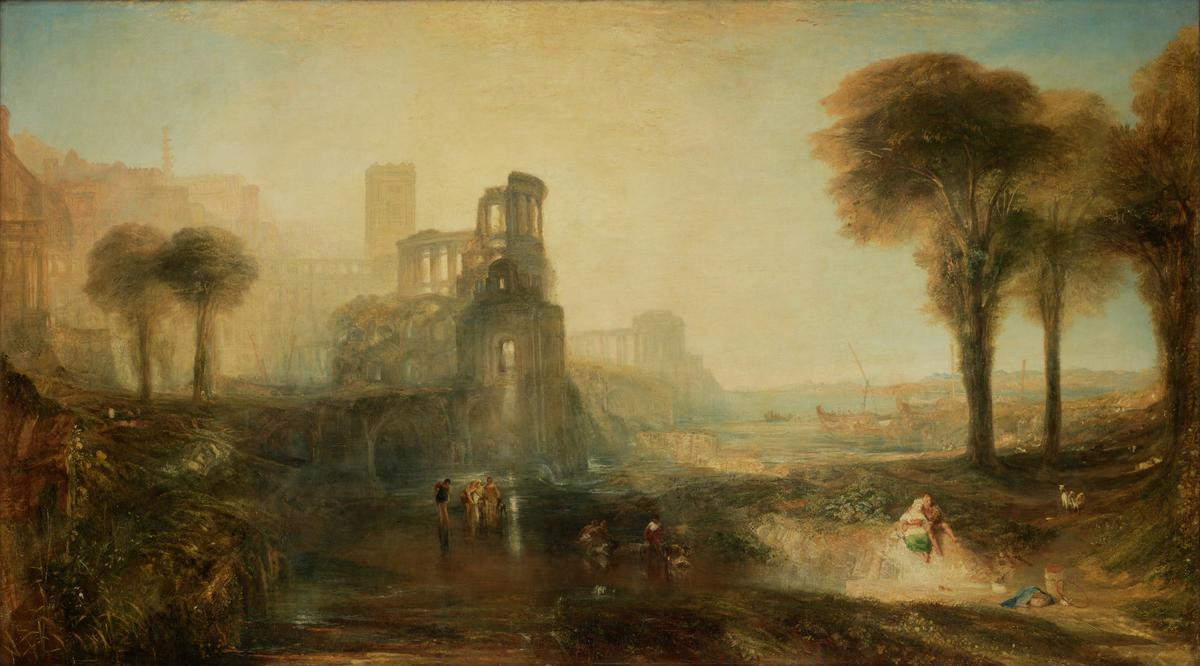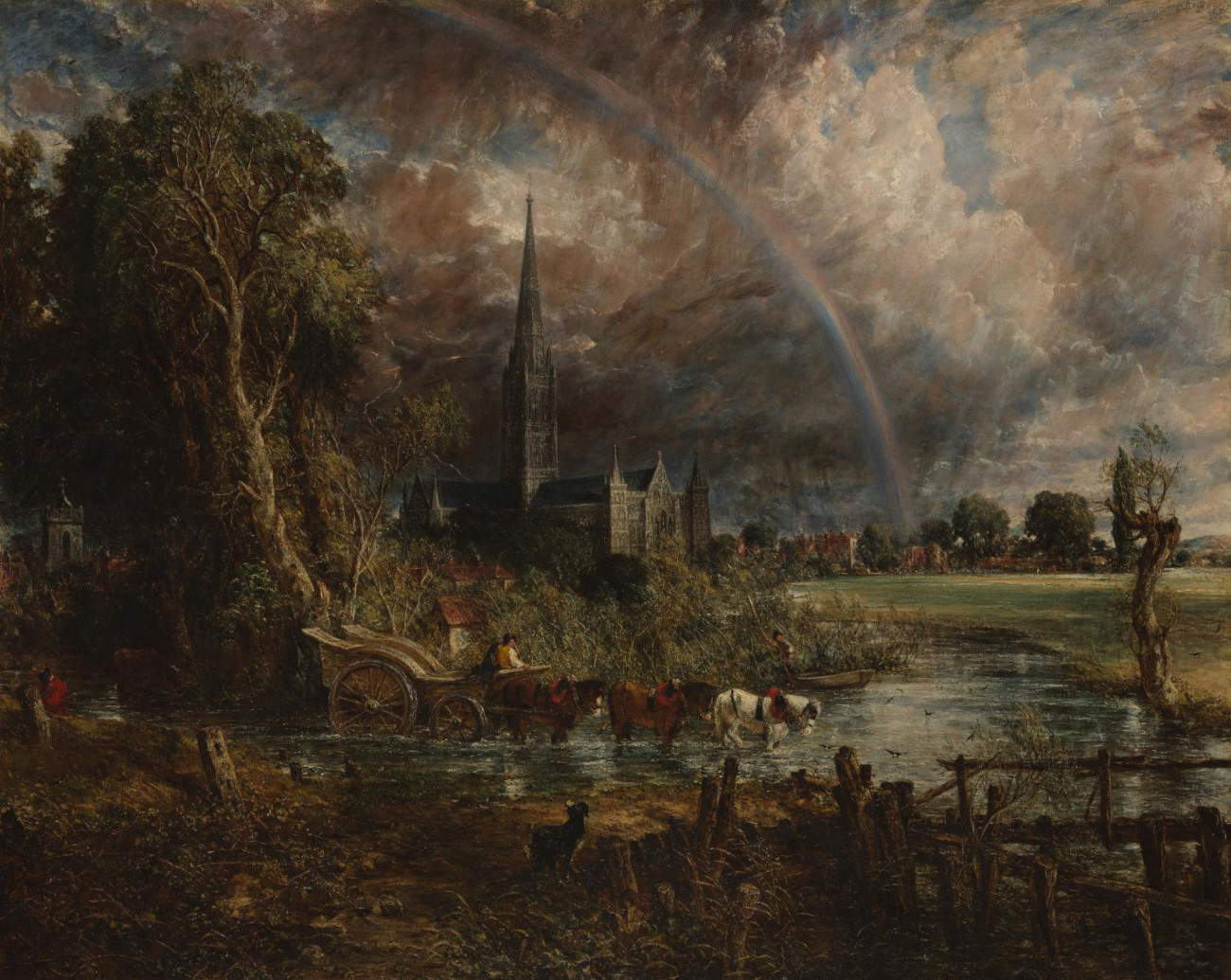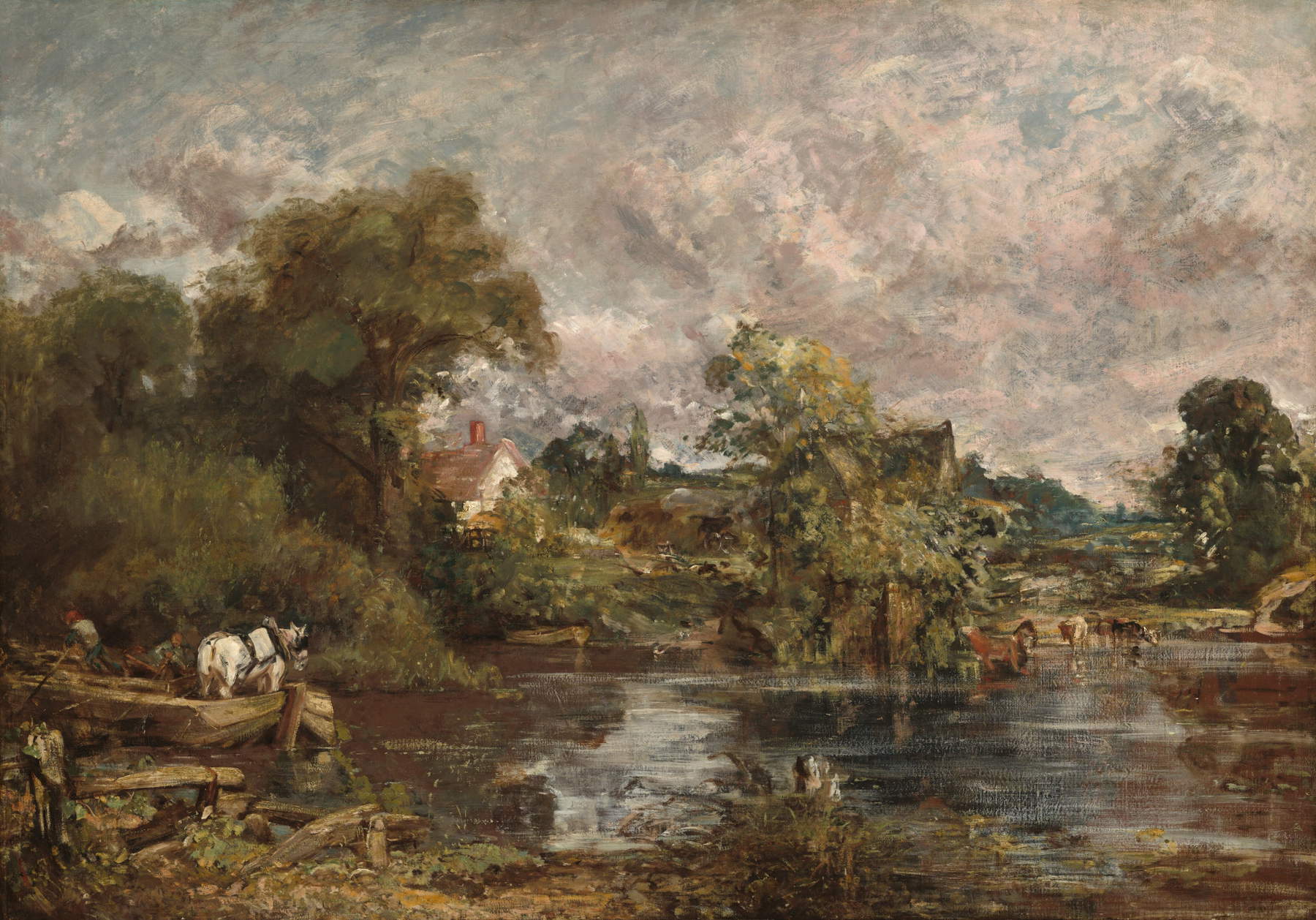Tate Britain will host from Nov. 27, 2025, to April 12, 2026, the first major exhibition dedicated to exploring the intertwined lives and legacies of two of Britain’s most distinguished landscape painters-J. M. W. Turner (1775-1851) and John Constable (1776-1837). Profoundly different painters and personalities, Turner and Constable nevertheless shared a common impulse: to challenge the artistic conventions of their time and reinvent the way the natural world was represented.
Curated by Amy Concannon, Manton Senior Curator for Historic British Art, along with Nicole Cochrane, Assistant Curator for the period 1790-1850, and Bethany Husband, Exhibitions Assistant, the exhibition celebrates the 250th anniversary of the birth of the two artists. The exhibition reconstructs the parallel development of their careers, highlighting the differences, mutual influences and the ways in which they were simultaneously celebrated, criticized and contrasted, until they reached profoundly original artistic visions. More than 170 paintings and works on paper will be on display, including such outstanding masterpieces as The Burning of the Houses of Lords and Commons (1835), on loan from the Cleveland Museum of Art and never exhibited in Britain for more than a century, and Constable’s The White Horse (1819), one of his most celebrated works, which can be seen in London for the first time in two decades.
Born only a year apart, Turner in bustling London and Constable in the quiet Suffolk village of East Bergholt, the two artists followed profoundly different paths in life and art. Turner, endowed with a keen entrepreneurial spirit, established himself as a promising young man, exhibiting for the first time at the Royal Academy when he was only fifteen. Before he was even eighteen he produced ambitious works such as The Rising Squall, Hot Wells, from St. Vincent’s Rock, Bristol, recently rediscovered. Constable, in contrast, was largely self-taught and devoted years of study and practice to the perfection of drawing and painting, making his debut at the Royal Academy only in 1802. Both emerged at a time of extraordinary fortune for landscape painting and were driven by a common desire to renew the genre. The exhibition explores how each developed his own artistic identity, in dialogue and contrast with the other, within an ever-changing landscape.


Constable came to prominence with the Suffolk landscapes of his childhood, preferring to paint outdoors and making oil studies immersed in views of Dedham Vale and the River Stour, subjects that recur frequently in his work. On display will be his painting box and drawing chair, tools that offer visitors the opportunity to closely follow his technical evolution and his innovative use of color to achieve unprecedented luminosity. Also brought together will be a group of cloud studies, famous for their ability to render the atmospheric variability and emotional intensity of the sky, an element Constable considered essential to the expressive power of a painting. Late works such as Hampstead Heath with a Rainbow (1836) show how the artist succeeded in blending personal memory and historical dimension.
Turner, on the other hand, traveled tirelessly throughout Britain and Europe, filling his notebooks with pencil sketches and quick studies that provided him with an inexhaustible visual repertoire. These experiences fueled masterpieces such as The Passage of Mount St Gothard from the Centre of Teufels Broch (Devil’s Bridge) of 1804, where nature takes center stage. His travels also became an economic opportunity, as many of his views were turned into prints from his watercolors. The exhibition illustrates how Turner experimented with new techniques of applying color and light that could capture the dynamic power of nature. Among the works on display is Ancient Italy - Ovid Banished from Rome (1838), which has not been exhibited in London for more than fifty years.
In the 1830s, Turner and Constable became famous for leading landscape painting in bold and innovative directions. Their stylistic differences prompted critics to contrast them, fueling the idea of an artistic rivalry. In 1831, it was Constable himself who encouraged the comparison, exhibiting his Salisbury Cathedral from the Meadows at the Royal Academy alongside Turner’s Caligula’s Palace and Bridge. Audiences and critics were not slow to point out the contrast between the bright warmth of Turner’s scene and the damp, melancholy atmosphere of Constable’s English countryside, symbolically calling them “fire and water.” The exhibition concludes with a new film featuring contemporary artists Frank Bowling, Bridget Riley, George Shaw and Emma Stibbon reflecting on Turner and Constable’s enduring legacy.
Now, nearly two centuries later, Tate Britain again places their masterpieces face to face, offering visitors a chance to rediscover how, while following different paths, both artists elevated landscape to a monumental and central genre in modern painting.


 |
| A major exhibition at London's Tate Britain on Constable and Turner, Britain's two most famous landscape painters |
Warning: the translation into English of the original Italian article was created using automatic tools. We undertake to review all articles, but we do not guarantee the total absence of inaccuracies in the translation due to the program. You can find the original by clicking on the ITA button. If you find any mistake,please contact us.